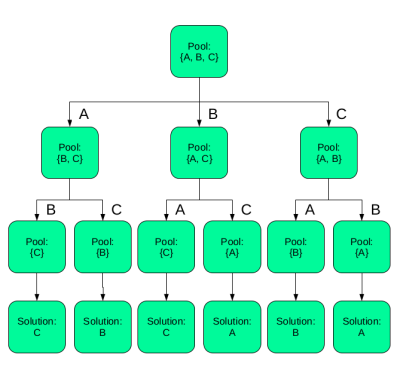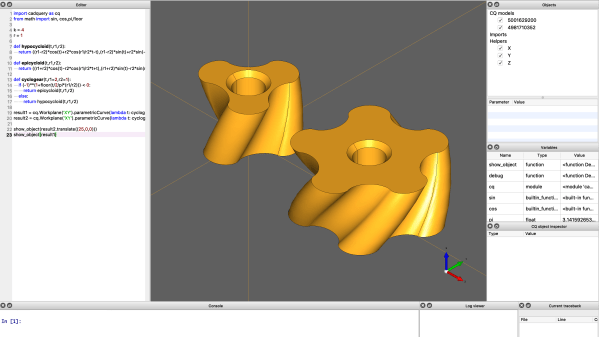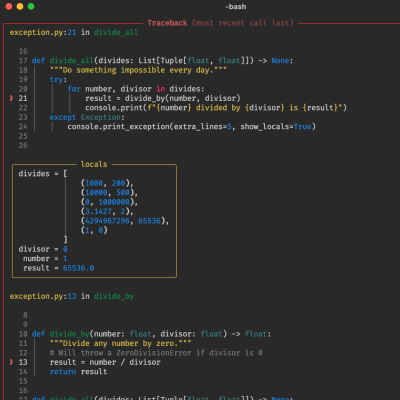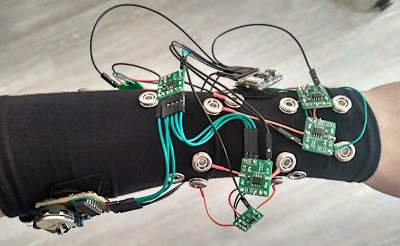We’re sure thousands of hours have been spent in Minecraft implementing digital logic. Inspired by that, [lynnpepin] created a digital logic simulator named Reso that is based on pixels rather than voxels.
There are a few clever things here. First, different colors represent different parts. There are three different colors of wire, output and input wires, XOR gates, and AND gates. OR gates are just output wires, which or all the input wires together. By implementing these gates, Reso is, by definition, Turing complete. Since it’s just a PNG, it is trivial to open it up in GIMP and copy and paste one bit of the circuit multiple times. The different color wires are mainly to help route in a 2d plane, as you don’t have vias. Currently, the image compiles into a graph that is executed. [Lynn] chose code readability and ease of prototyping over premature optimization, so the code isn’t particularly fast. But it is pretty fun, squinting at the pixels that make up the adders and clocks he has on his blog. After giving Reso your image, it outputs a series of images that enumerate the state for several states.
The code is available on Github, and a Rust version has already been written that offers some impressive speed improvements at the expense of not being at feature parity yet. If MS-Paint isn’t your IDE of choice, perhaps a more Javascript-based digital logic simulator might be more to your taste.





 [Doug] shows that while parsing a web page for a specific piece of data (for example, a stock price) is not difficult, there are sometimes easier and faster ways to go about it. In the case of Yahoo Finance, the web page most of us look at isn’t really the actual source of the data being displayed, it’s just a front end.
[Doug] shows that while parsing a web page for a specific piece of data (for example, a stock price) is not difficult, there are sometimes easier and faster ways to go about it. In the case of Yahoo Finance, the web page most of us look at isn’t really the actual source of the data being displayed, it’s just a front end.















